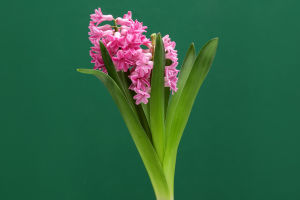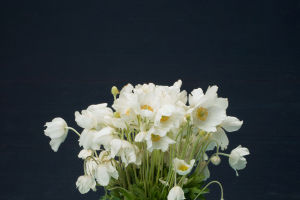Gerbera
Gerbera is rich in color and easy to manage, and is an important material in modern bouquets.
Gerbera has thicker fibrous roots, terminal inflorescences, and huge flowers with red, white, yellow, orange, and purple colors.
The leaves are basal, rosette-like, oblong to oblong, 10-14cm long, 5-6cm wide, the top is short acuminate or slightly obtuse, the base is narrowed, the margin is irregularly pinnately lobed or deeply lobed, the upper surface is glabrous, The underside is pubescent, depilated in old age; the midrib is raised on both sides, the underside is thick and distinct, the lateral veins are 5-7 pairs, and the margins are connected by an arch, and the network veins are slightly obvious; the petiole is 7-15 cm long.
Likes warm in winter and cool in summer, air circulation, sunny environment, not cold, avoid hot. Likes fertile, loose, well-drained, sandy loam rich in humus, avoid heavy soil, preferably slightly acidic soil, and the optimum pH for growth is 6.0 to 9.0. Gerbera is a light-loving flower. It needs full light in winter, but in summer, proper shading and ventilation should be paid attention to to reduce the temperature and prevent dormancy caused by high temperature. It is not sensitive to the response to photoperiod, and the length of natural sunlight is related to the number of flowers and the quality of flowers.
Gerbera hydroponics is very simple, no special treatment is required, as long as it is cleaned and inserted into a vase. The leaves of the plant cannot be soaked in water and are easily rotten. When you find that the water in the bottle is less, you should add water in time, otherwise the root system of the plant will dry up. When hydroponics is used, it does not need to receive too strong light, just give it the appropriate scattered light. In summer, it needs to be shaded, and it should not be directly irradiated by strong light.


